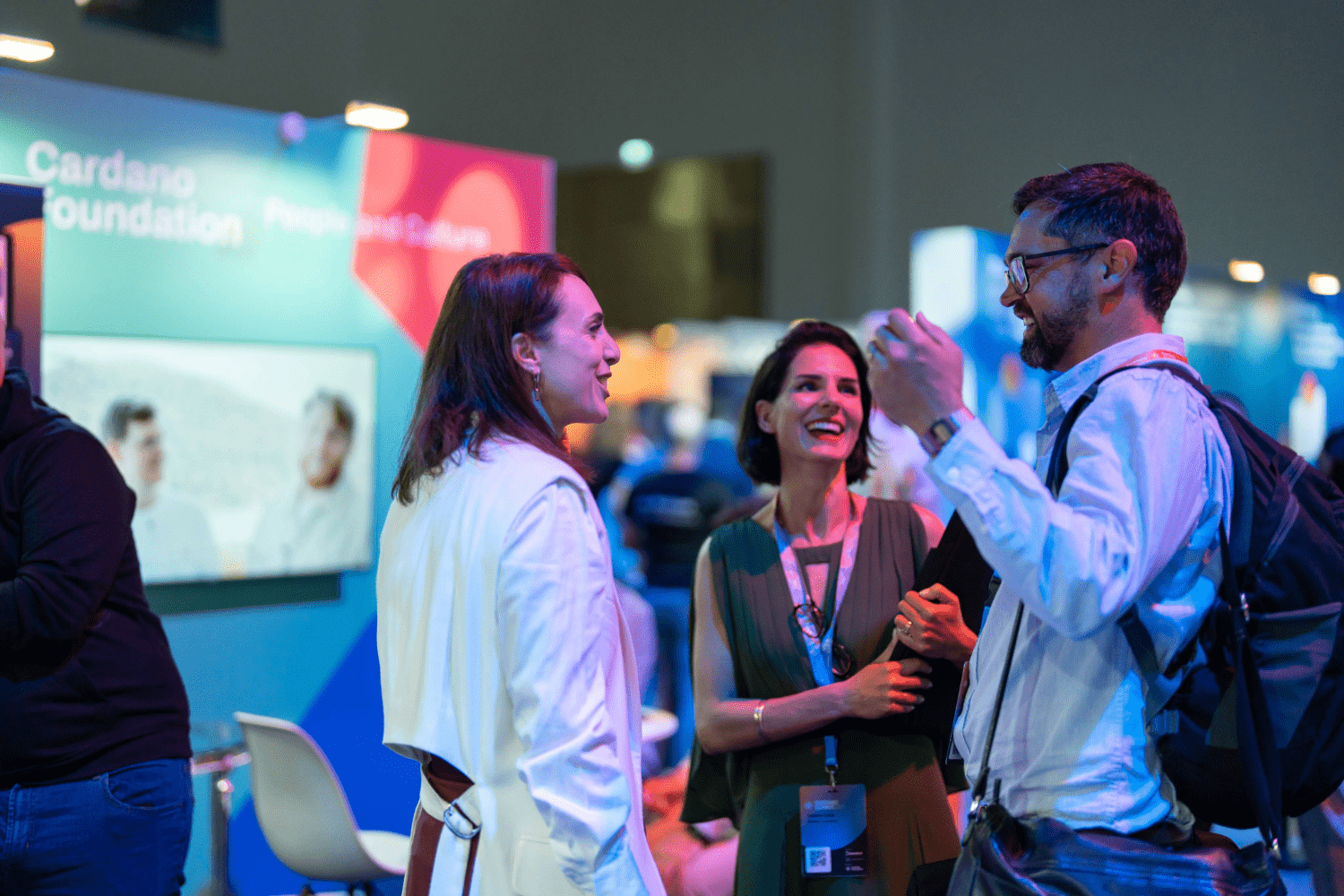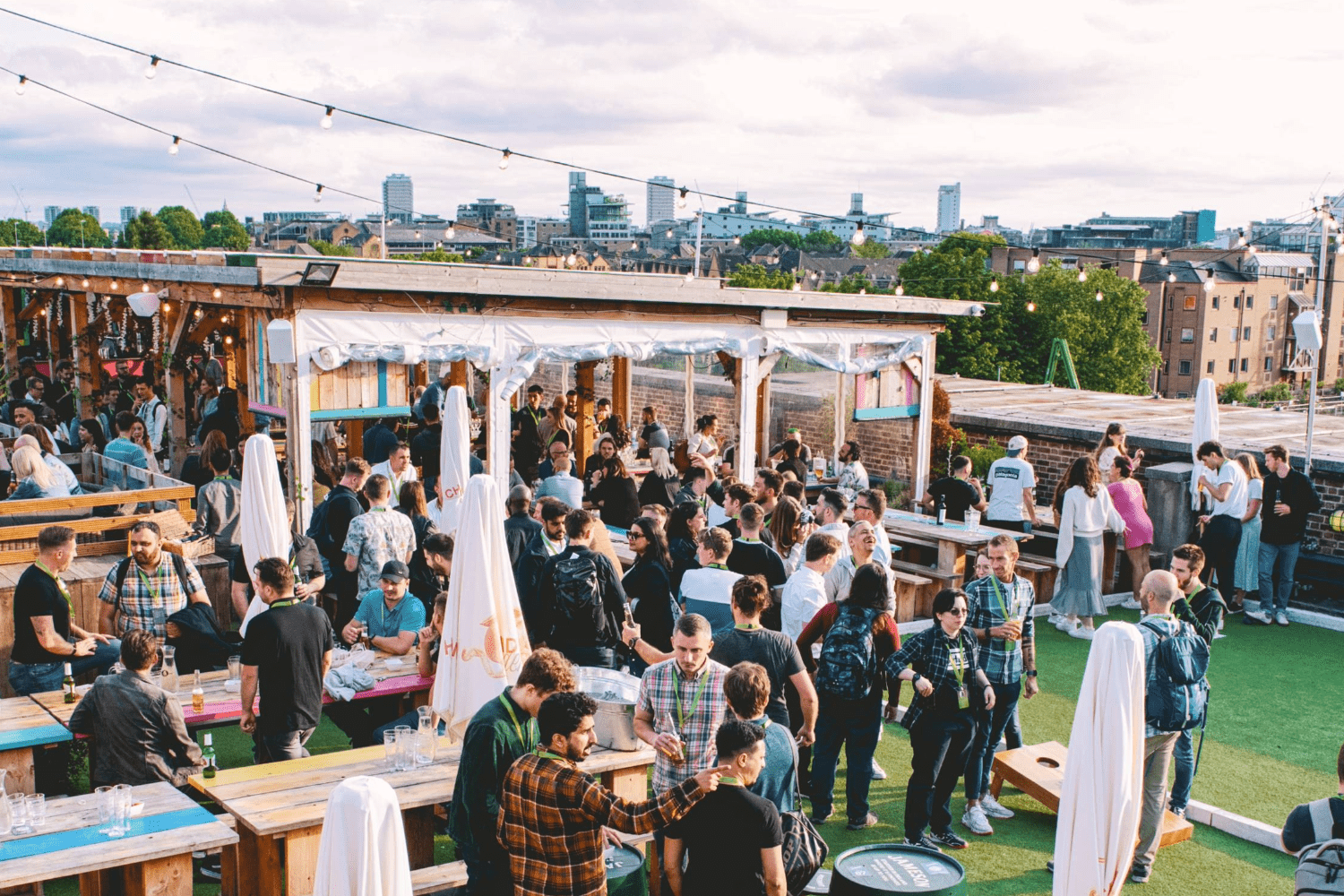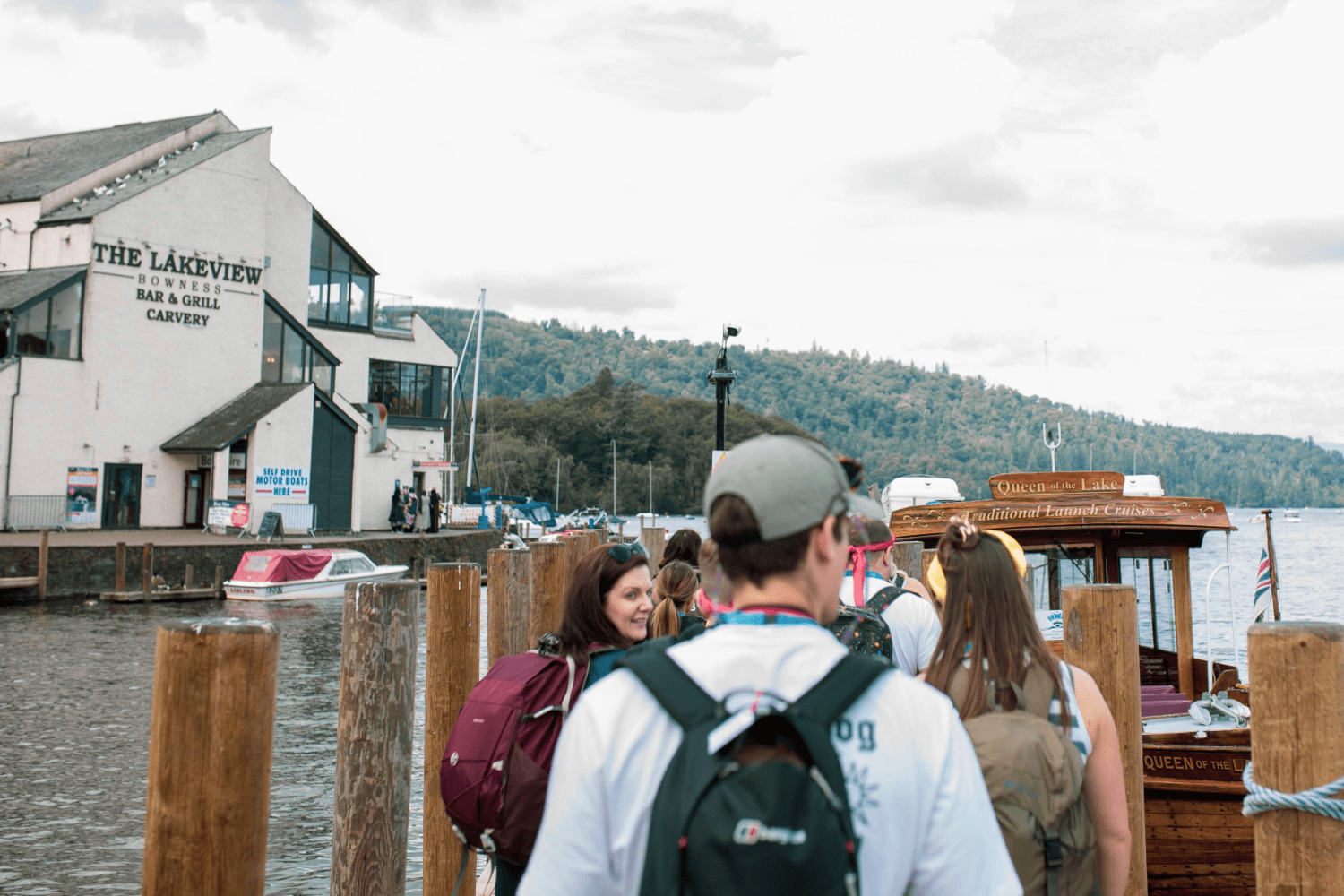 Back to News Room
Back to News Room
News

The Conference is Dead – Enter the Era of Intentional Gathering
There’s a strange kind of irony in how we talk about community now. A word that once conjured up friendly gatherings, village halls, dinner tables. Today, in the context of work, it lives in Slack threads, Zoom chats, or the margins of Google Docs. If that sounds a little sterile, it’s because it often is.
But here’s the thing, we haven’t stopped craving connection. We’ve just misplaced where to look for it.
For many, work used to be a key site of community. You had office birthdays, post-pitch pub trips, eye-rolls across meeting rooms. Casual rituals that created a sense of belonging. Now, with the rise of remote and hybrid work, we’re left with digital ghost towns: productivity without proximity. Meaning, gone missing.
And this sense of disconnect? It’s showing up differently across generations.
Generational Disconnect: Different Struggles, Same Longing
Gen Z are actively against the performative grind; jobs that pretend to nourish, but actually deplete. Millennials and Gen Xers are in the burnout bunker. Millennials were promised passion-payoffs and got precarity instead. Gen X, sandwiched between kids and caregiving, are grinding through career plateaus, ageism, and rising living costs, with just a third of UK Gen Xers feeling financially well, and many expecting to work well past retirement age due to inadequate savings and pension shortfalls. (And it’s not much better elsewhere – similar patterns are playing out across much of Europe, North America, and beyond).
But it’s not just generational — it’s also national.
A National Crisis of Connection
Recent Gallup research reveals that more than 1 in 4 British workers experience daily sadness, and 17% feel lonely at work. Just 10% feel engaged with their jobs, placing the UK among the lowest-ranked countries in Europe for workplace engagement . That’s not a vibe problem.
That’s a leadership and cultural design issue.
And yet, the answer isn’t no work at all. It’s better spaces for it.
People don’t hate effort. They hate exploitation. They’re not rejecting purpose, they’re rejecting bad PowerPoints, tone-deaf leadership, and wellbeing policies that feel like copy-paste slides.
B2B Events as Cultural Prototypes
This is where B2B events can flip the script. Not just as trade expos or conferences. But as activation spaces. Pop-up environments where we don’t just sit through panels; we shape and prototype better ways to work.
The era of one-way keynotes and tick-box panels is giving way to something deeper. People don’t want to be talked at – they want to be brought in. The most valuable room at any event? It’s not the stage. It’s the space where ideas are tested, stories are exchanged, and futures are shaped together. Facilitation over presentation. Dialogue over monologue. It’s not about delivering answers, it’s about designing the conditions for better questions and insights.
Leading by Example: Events That Get It Right
And we already have examples of this cultural pivot:
- Assembly, a design and tech gathering in Detroit, built its latest event around one theme: “Radical hospitality.” It replaced classic breakout rooms with collective meals and communal journaling.
- Campfire, a leadership offsite brand, trades corporate retreats for woodland cabins, ambient soundbaths, and fireside reflections. No decks, no KPIs – just presence.
- With our clients such as in the Food Delivery, Blockchain and Digital industries, we’ve seen how rethinking event formats can reawaken connection; whether it’s creating space for unstructured intimacy, building multi-sensory experiences, or designing for emotional resonance.
The Call for Emotional Architecture
These above examples aren’t gimmicks; they’re signals. Signals that people are desperate for work environments that nourish as much as they inform. And this shift isn’t siloed. While Gen Z push for transparency and alignment, Millennials – now caretakers, mid-managers, and ex-hustlers – are recalibrating. Many would take a 20% pay cut for better work-life balance. Gen Xers? They were the original architects of work-life balance. Now, they’re juggling kids, parents, finances, and purpose — all inside one overstretched working week.
So when a B2B event gets it wrong – more booths, more brands, more burnout – it doesn’t just feel flat. It feels like a missed opportunity. But when it gets it right? It becomes a live R&D lab for workplace culture. A prototype of what the workplace could be.
Designing the Future of Work, Together
So here’s the invitation.
Design events that feel like the kitchen table, not the conference centre. Design with emotional architecture in mind. Less “networking drinks,” more unstructured IRL intimacy and purpose. Make the soft space the strong space – where questions of worth, identity, and shared ambition are allowed to breathe.
As Creative Strategist at First Event, I’m helping lead a shift toward designing with emotional architecture in mind; and as a team, we create b2b events for people to reconnect with purpose — because good employership starts with resonance, not rules.
Because connection isn’t a KPI. It’s a condition. And right now, it’s in short supply.
Whether you’re rethinking your next conference, designing a leadership offsite, or wondering what a breakout room could be, we’re here to co-create.
Written by Chloe Patrickson, Creative Strategist




